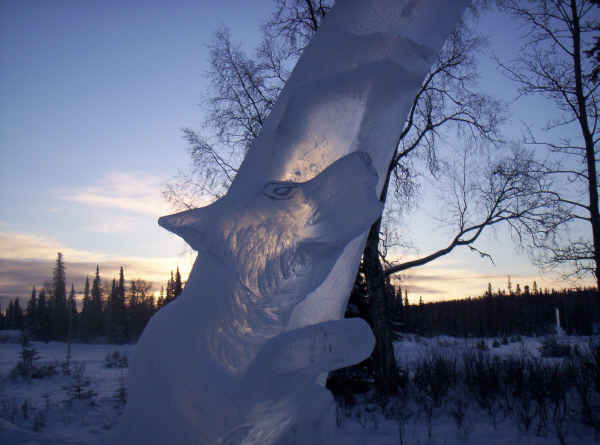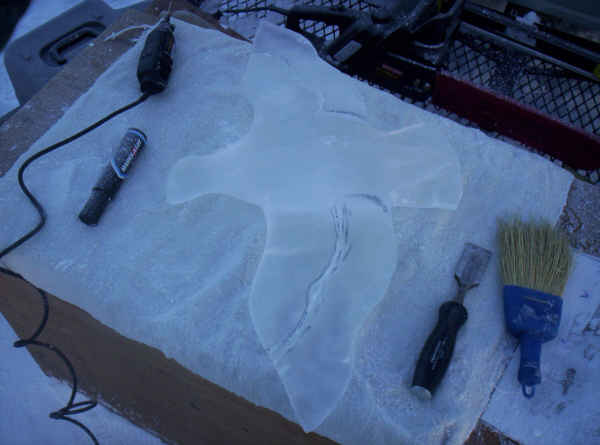Ice Carving 2008
Our competition piece came from an idea I had several years ago when working on a piece for the National Wildlife Refuge system in Fairbanks. We ended up carving a lynx and hare for them instead. Aurora took the quick concept sketch I had done back then and produced some good drawings we could work from and made a clay model. We had the sculpture pretty well roughed out on the 1st day. Aurora carved the ptarmigan and I was to carve the fox, but a headache took me out for nearly half of the second day so Aurora did a good bit of work on that as well. We attached the ptarmigan on the morning of the 3rd day. We had good temperatures for it as it was well below zero for most of the competition. We enjoy being able to carve in this event. The quality of the sculptures grows each year.
The week before the competition we went up and worked on the business sculptures. I designed the eagle and Aurora designed the moose and family. Silas worked on all three with us and Josiah joined us for the family piece. It was nice to have the extra workers and we had a lot of fun. The ice for the eagle was brought down from Fairbanks (as was the ice for the competition). The moose and family were locally harvested ice. (See the fish in the moose piece.)
Maybe they were thinking of me and my ice carving injury last year when they assigned the business sculptures as they were all medical establishments.
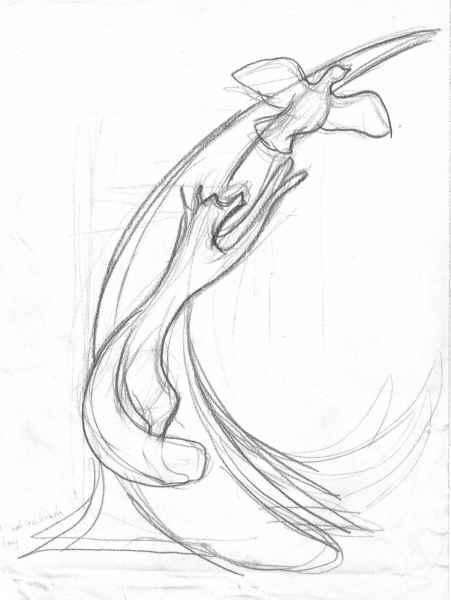
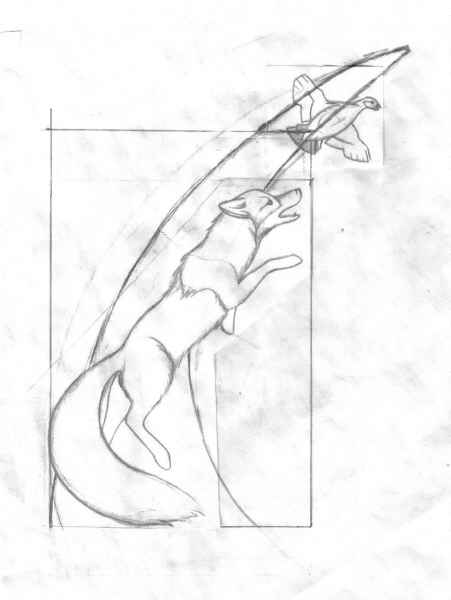

Aurora toasting a frozen sandwich


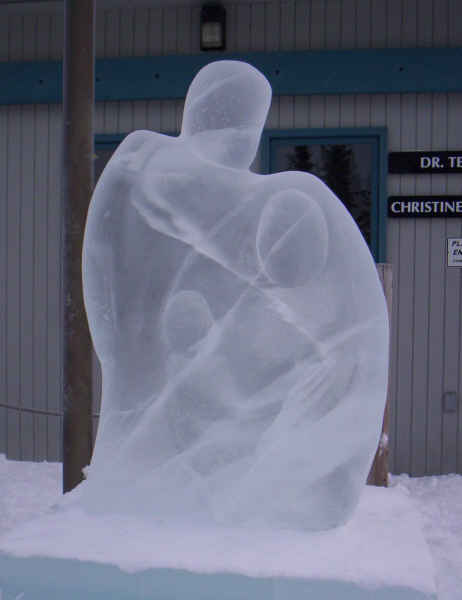
Business Sculptures
Soldotna Professional Pharmacy, Central Peninsula Hospital, Kenai Family Practice
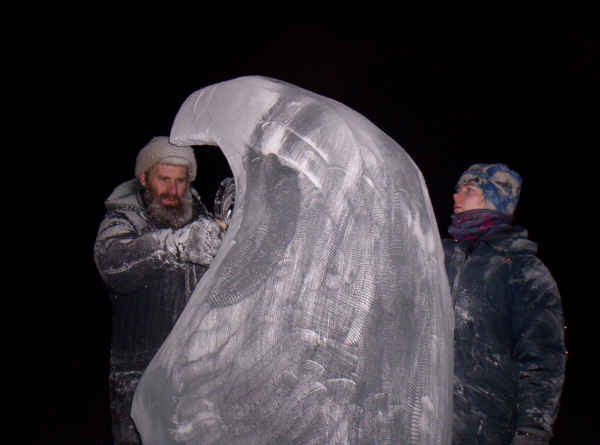




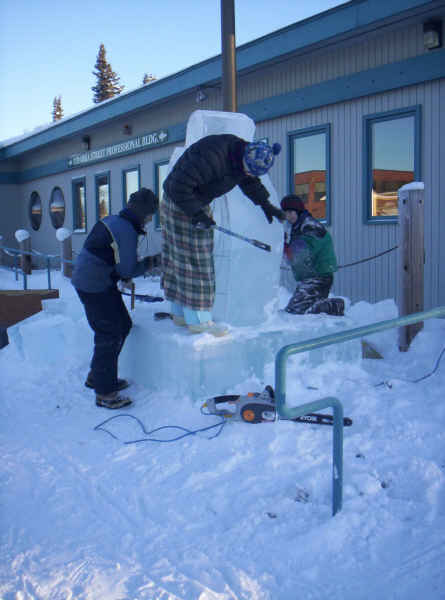
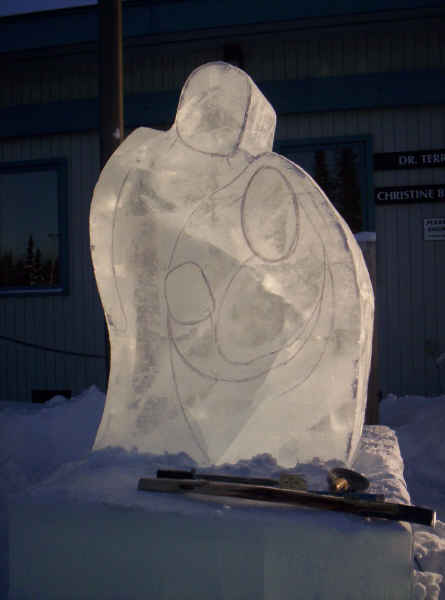
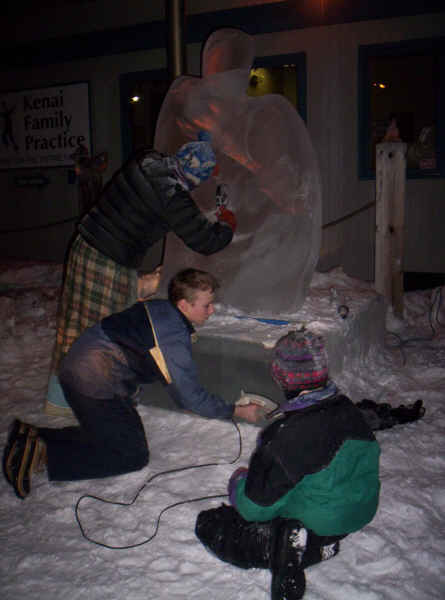
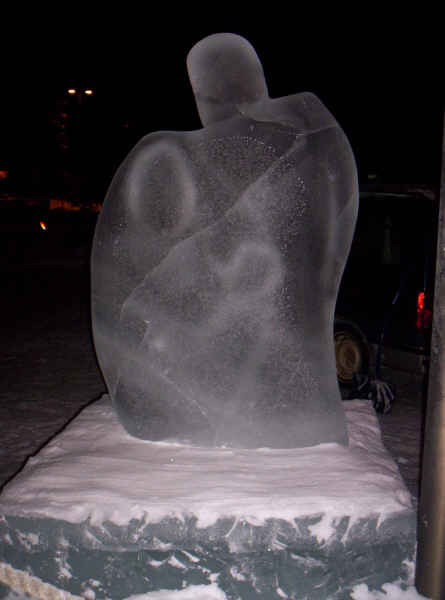

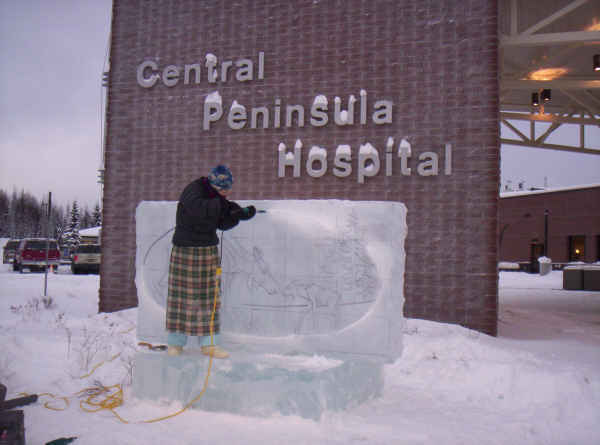


Why Carve Ice?
by Aurora Firth
My pursuits vary widely, but I think one of the most interesting and unique is ice carving. Daddy and I recently returned from our fourth competition in Soldotna, hosted annually by the Peninsula Winter Games at the end of January.
Why carve ice? Many of the people we see at the competitions year after year tell a similar story—some friend talked them into trying it, or they saw the carvings around town and thought ice would be a neat art experience, and once they tried it they were hooked. How do you explain why you do something that you love, except to say that you love it? There’s something about getting up at six or seven in the morning and going out into temperatures ranging anywhere from thirty below to thirty above zero, something about standing in front of a rough block of ice the size of a refrigerator and pondering making that perfect design in your head and on paper an 8-foot-tall reality, something about the slithering sound of ice chips scattering before your chisel, that calls me back year after year. It’s like fishing, or playing an instrument; the experience is worth the attending discomforts, even to the point of the discomforts transcending irritation and becoming a necessary part of the whole. (Discomforts, in the case of ice carving, can include extreme cold, foggy safety glasses, sharp tools, 12-to-14-hour workdays, and damp gloves—I HATE damp gloves!)
In this competition, we had from 9 a.m. on January 24th to 12 p.m. on January 26th to complete our sculpture. We had prefaced the competition this year by doing three business sculptures, two in Soldotna and one in Kenai, so I felt less intimidated than usual as I prepared to transfer our design from paper to ice. This year it was a fox leaping after a flying ptarmigan, with a crescent-shaped base curving up over the fox’s head to support them. The idea was Daddy’s, and I refined his rough sketch and sculpted a scale model in clay.
The first morning was not too cold, and it was snowing—big flakes drifted down as I first drew the design on the block with a thick marker, using a grid to go from paper to ice. Once that was done, I stood back and sipped lukewarm cocoa while Daddy made the first cuts with an electric chainsaw. We were able to get the sculpture mostly roughed out that day, progressing from the saw to various chisels, many of them handmade, and the angle-grinder, which shapes the ice quickly but leaves you plastered with a thick layer of fine ice-dust. More than once, regardless of safety glasses, I got a cold, choking face-full of it. All around us was the hum or roar of power tools in the hands of eleven teams of ice sculptors.
The second day dawned clear at about fifteen below. Inside-glove handwarmers are a lovely invention! That day we finished the detail work on both the fox and the ptarmigan. The ptarmigan was my part of the project at that point, so, with William Berry sketches spread around me for reference, I moved from using a die-grinder for basic shaping to small chisels and a Dremel tool for the detail. As a finishing touch, I lightly textured the body and head with a currycomb with sharpened teeth.
On the final morning, we positioned the ptarmigan on the tip of that crescent above the fox’s head. It was very cold again, which was good, considering that what we had to do was freeze the bird up there with water and slush. We scooped a little hollow in the front of the crescent, and Daddy held the bird’s body there while I packed slush around it, my bare fingers (necessary for the tight space and delicate work) sticking to the ice as I worked. We held it for a while, to be safe, but it “took” beautifully. We called our finished piece “Leap”.
In Soldotna, the sculptures are judged by the sculptors. It’s always a hard choice, and this year the sculptures were the best they have ever been there. At the Awards Banquet that evening, we were very happy to be awarded Second Place.
But why carve ice, when you know that the piece that you’ve worked so hard on is just going to melt, in a few months at most?
I’ve already explained that I love the experience itself, but its temporary nature has never bothered me. The statues of the ancient Greeks are crumbling, and the paintings of the Old Masters are growing dim. Why did they choose to carve and to paint, when their work could not last forever, either, though it might endure for several centuries or several millennia instead of several months? It’s good for me to remember, when I carve ice and later see its decay and finally the empty place where it stood, that I am seeing in a short time what must happen to all art objects, even if they endure till the end of time. So what is left, after all? What is it about art that is most important, that cannot crumble, melt, or fade away? When I do artwork, I am learning to use the gift that has been given me in order to see the world—truly see it—and represent it in a way that someone will understand and remember. If I succeed, then, even when my art is gone, I will have touched and molded what will not cease to exist—a person.



